“I Am My Beloved’s and My Beloved ls Mine,” “Ani L’dodi Vedodi Li” אני לדודי ודודי לי
The concept of engraving Hebrew Rings with quotes from Jewish texts comes to us from ancient times. Today it is very common for couples to inscribe their wedding bands with a text that is reflective of the time we live in, for couples often choose phrases that celebrate their partnership and equality. One such quote comes from King Solomon’s “Song of Songs” or “Shir Ha Shirim” and it spells, “I Am My Beloved’s and My Beloved ls Mine” or in the Hebrew “Ani L’dodi Vedodi Li.”
A traditional Jewish Wedding starts with Kabbalat Panim or the “receiving of the guests.” Before the couple officially begin their wedding ceremony they meet with their guests, often in separate rooms. The purpose of this custom is to exchange words of wisdom or simply to spent quality time with the people who are most special to them.
Kabbalat Panim is followed by the signing of the Ketubach – a Jewish marriage contract. For many this particular event officially signifies the beginning of the marriage ceremony.
After the signing of the contract it is time for Bedecken or the “veiling of the bride.” While there are many interpretations as to the meaning of the bride’s veil, one explanation is that it represents every force which separates the couple from each other. The veil is lifted in order to symbolize the couple’s unity and to suggest that all the circumstances keeping them apart have been removed.
The main part of the Jewish wedding ceremony begins with Hakafor or circling. For most cultures a circle is symbolic of protection, sacred space, life and creation. In the Jewish tradition a circle is a significant part of the wedding ceremony; during Hakofar the bride circles the groom seven times. Today a man and a woman may circle together or each might circle the other. In any case, Hakofar is a lovely part of the wedding ceremony for its beauty and the meaning represented through it.
Next comes Kiddush – the blessing over wine – which is followed by the ring exchange ceremony. Historically, the groom places the wedding ring on the bride’s right index finger. In Judaism it is believed that the index finger on the right hand is closer to the heart, although in contemporary tradition many often choose to place the rings on each others left ring finger.
The ceremony is far from being over for Ketubah or the jewish marrriage contract, Sheva B’rachot (the seven blessings), and lastly the breaking of glass must be recognized. Lastly completing the Jewish wedding ceremony is Yichud which gives the bride and the groom an opportunity to spent a few moments away from family and guests to reflect on the special event that took place.
Express the special connection between you and your loved one with personalized wedding and engagement rings handcrafted exclusively for you by Liza Shtromberg! At Jewelry by Liza Shtromberg, we excited to offer you our Hebrew Bridal Collection where you can find wedding and engagement rings inspired by Israel and handcrafted with an imprint of the Western Wall. You can even include a personal quote as an inscription on your ring as a sweet romantic gesture to your loved one.
Mazel Tov!
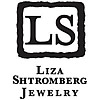
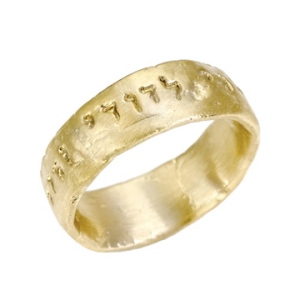
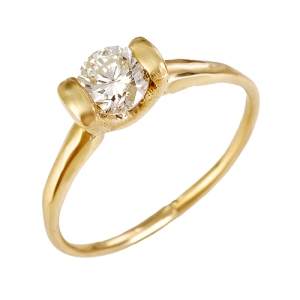
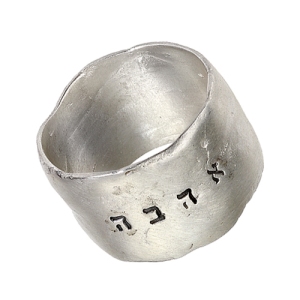
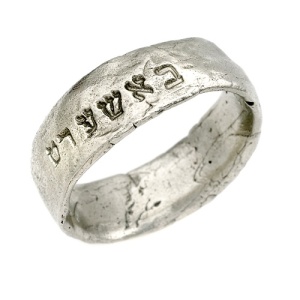


Leave a Reply